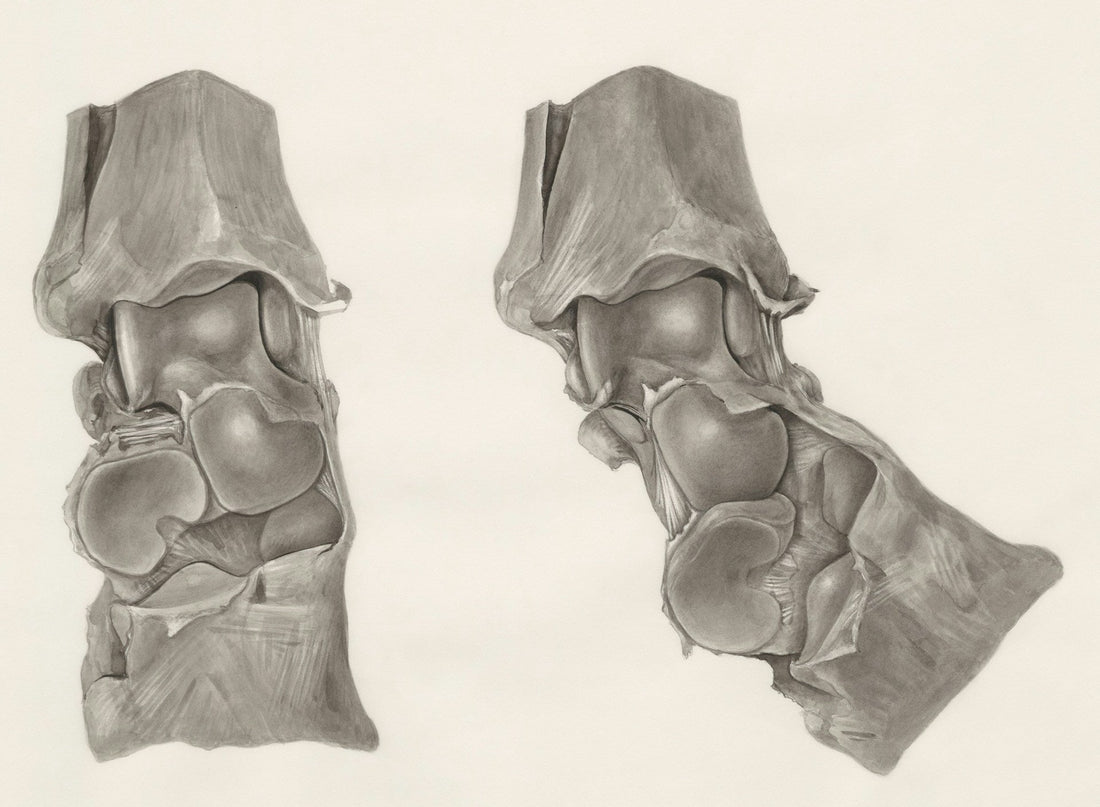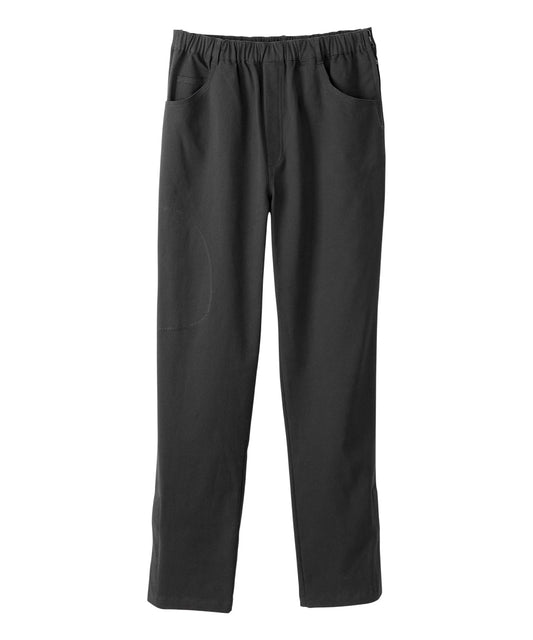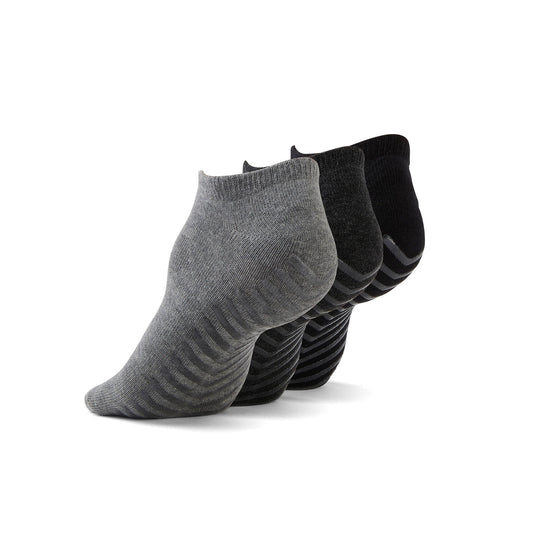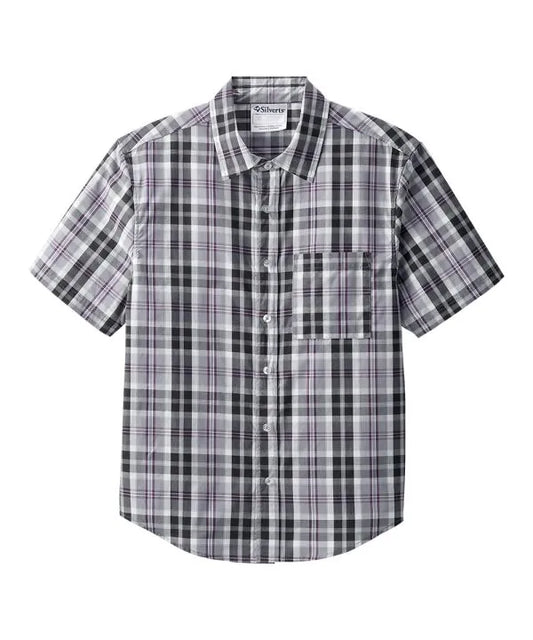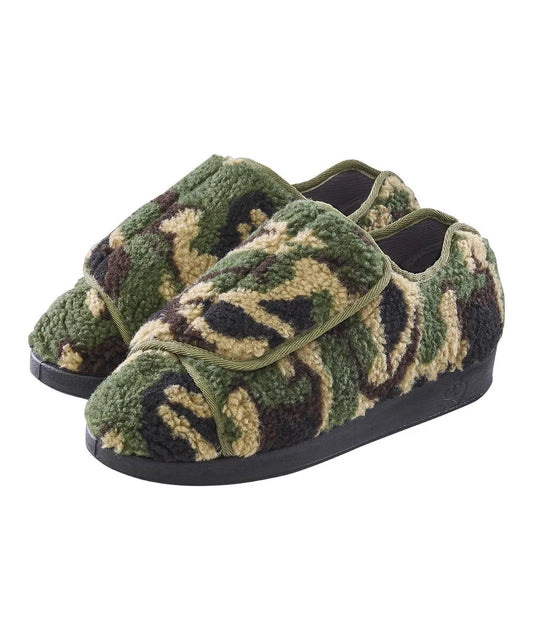Author: Harshil Shah
Recovering from hip or knee replacement surgery is a full-body journey, and your clothing plays a bigger role than you might think.
Most people focus on the surgery itself, the rehab plan, or the medication schedule. But what you wear during recovery can make everything feel smoother, safer, and more dignified. From the moment you leave the hospital to the day you take your first walk around the block, your wardrobe can either be a help or a hassle.
Here’s everything you need to know about building a comfortable, confidence-boosting post-surgery wardrobe, plus practical tips for shoes, fabrics, accessories, and real product picks that people use.
Why Your Wardrobe Matters After Surgery
Hip and knee replacements are no joke. The recovery is often marked by swelling, stiffness, mobility limits, and a general sense of “everything is harder than it used to be.”
That includes getting dressed.
You may not realize how physical it is to put on a pair of pants, zip a jacket, or even bend down to tie your shoes until your body says, “Not today.”
Bad clothing choices during recovery can:
-
Put pressure on your surgical site
-
Make movement more painful
-
Force you to bend, twist, or strain in ways that go against your care plan
-
Lead to frustration when you already have enough going on
On the other hand, the right clothing can:
-
Support your healing without getting in the way
-
Make dressing easier for you or a caregiver
-
Let you move, rest, and sleep without irritation
-
Help you feel more like yourself again
Top Fabrics That Offer Comfort and Flexibility
When comfort is priority number one, fabric matters. Big time.
After surgery, your skin may feel more sensitive. Swelling can make things tighter than expected. You might be resting more than usual. So the last thing you want is itchy tags, stiff seams, or fabric that traps heat.
Look for these fabric traits:
1. Breathable
Natural fibres like cotton, bamboo, or modal keep your skin cool and comfortable, even when you're lounging under blankets or getting hot from inflammation.
2. Stretch friendly
Spandex blends or four-way stretch fabric allow for easier movement without pinching. This is especially important around your waist, hips, and knees.
3. Soft and smooth
No scratchy seams or stiff collars. Smooth linings and tagless interiors help reduce skin irritation, especially if you’re lying on your back more than usual.
4. Easy care
You won’t want to hand-wash anything during recovery. Stick to machine washable, dryer safe pieces that hold up to repeated wear.
Product pick: Our Recovery Pants with Side Snaps hit every mark. Soft, flexible, and easy to put on while sitting or lying down, with no painful bending or awkward shimmying.

Adaptive Clothing: Why It Changes the Game
Think of adaptive clothing like a smart shortcut. It’s designed to make dressing easier when your body isn’t at one hundred percent.
While it’s often associated with long-term disability or elderly care, adaptive wear is perfect for temporary recovery, too.
Features like:
-
Side-opening pants
-
Magnetic closures on tops and cardigans
-
Velcro shoes
-
Stretchy waistbands
-
Open back garments for caregiver access
can save you minutes and discomfort every single day.
Try this: Our Women’s Magnetic Closure Cardigan is a top-rated favourite. It slips on like a hug, snaps closed in seconds, and makes you feel polished enough for visitors, appointments, or just sitting on the porch.

How to Choose the Right Post-Surgery Shoes
Most people recovering from joint replacement are told not to bend over, not to twist, and not to trip. That means your shoes matter just as much as your pants.
Here’s what to look for:
1. No bending needed
Skip the laces. Go for slip-ons or shoes with Velcro straps that you can fasten while seated.
2. Wide openings
Post-surgery swelling is common. Shoes that feel roomy without being loose help you avoid discomfort and skin pressure.
3. Non-slip soles
A stable walking surface is critical during rehab. Look for rubber or textured soles that give you grip even on slick flooring.
4. Lightweight and flexible
Heavy orthopedic shoes might sound safe, but too much stiffness can actually make walking harder. Choose shoes that support your arch and let your foot roll naturally.
Top pick: Our Men’s Adaptive Slip On Shoe with Velcro Closure is a favourite for its comfort, stability, and ease of use. Bonus: It doesn’t look medical at all.

Must Have Accessories That Make Dressing Easier
Beyond clothes and shoes, a few accessories can make a surprising difference during recovery. These aren’t luxury extras—they’re real tools that help you regain independence.
Long handled dressing aids
Reachers, sock pullers, and dressing sticks make it easier to grab, pull, and place garments without twisting or reaching down.
Adaptive socks
Choose wide-mouth socks that don’t dig in. Anti-slip soles are essential if you’re walking indoors.
Seat cushions or back supports
Sitting in one position for too long can cause pain in healing joints. A supportive cushion makes it easier to rest comfortably.
Fan favourite: Our Soft Stretch Anti-Slip Socks are a go-to gift. They’re breathable, stay in place, and feel like real socks, not a medical supply.

How Many Pieces Do You Really Need?
You don’t need to overhaul your entire closet. Just focus on the basics.
Here’s what most people use:
-
2 to 3 adaptive pants with stretch or side access
-
2 to 3 soft tops with magnetic closures or wide necks
-
1 outer layer (cardigan, hoodie, or light jacket)
Many customers rotate between a comfort outfit for home and a public-ready set for follow-up visits. That’s more than enough.
Tip: Post-surgery swelling fluctuates, so looser is usually better, even if it’s temporary.
What Caregivers Should Know About Clothing
If you’re helping someone recover from surgery, you already know how exhausting the little things can be. Especially dressing.
Here’s how adaptive wear makes things easier for both of you:
-
Open back tops reduce awkward arm lifting
-
Magnetic closures mean no more struggling with tiny buttons
-
Side-opening pants let you assist without bending someone’s leg or torso
One caregiver told us, “It used to take me 20 minutes to get my mom dressed. Now we’re done in five—and she’s smiling the whole time.”
That’s not just helpful. That’s healing.
What to Pack for the Hospital
Packing smart for surgery sets you up for a better recovery.
Here’s what most people are glad they brought:
-
Non-slip socks
-
Adaptive loungewear or pyjamas
-
Cardigan or soft wrap for chilly rooms
-
Slip-on shoes
-
Toiletries, a charger, and lip balm
-
Notebook to track questions, medications, or symptoms
One patient told us, “Wearing my clothes helped me feel less like a number, more like myself. I needed that reminder.”
Bonus: Things to Avoid Wearing After Surgery
Some everyday clothes can be real trouble during recovery. Avoid:
-
Tight jeans or leggings that restrict movement
-
Regular socks that are hard to pull on
-
Shoes with slippery soles or stiff sides
-
Tops that go over the head if you’re using a walker or can’t raise your arms
-
Anything that takes more than 60 seconds to put on
Simple rule: if it’s a struggle, it’s not worth it right now.
Recovery, But Make It Yours
Every surgery recovery is different. Some people are back on their feet in weeks. Others need a little more time. But no matter the path, one thing remains true: you deserve to feel good in your body.
Good clothing won’t heal your hip or knee. But it can make the hard parts of recovery a little easier, and the good days feel more like you.
One customer said it best:
“That first outfit I could put on without help? I cried. It wasn’t just clothes. It was control. It was me saying, ‘I’ve got this.’”
And you do.
Build Your Recovery Wardrobe with Confidence
At June Adaptive, we design clothing that helps people move, heal, and thrive—whether it’s your first step after surgery or your fiftieth follow-up.
Explore our most loved recovery-friendly pants, magnetic tops, and slip-on shoes.
Shop Recovery Essentials →

